The purple lines indicate a cut. The blue paper is inserted to help differentiate between different pages.
The beauty of these foldables is that there is no pasting or stapling of papers into the journals. You simply use the pages that are already in the journal. The following example really requires only 1 page from the notebook, but I used the page behind to pose a question "What happens in..." The purple lines indicate a cut. The blue paper is inserted to help differentiate between different pages. When you flip each tab, there's a written explanation and a diagram. Here's a foldable for density that uses 2 consecutive pages. Density is written in graffiti style letters on the back page. The front page is folded over in half and there's a cut down the middle. You can easily have students write down examples of things that float or sink under the appropriate flaps. When you completely flip over the first page, under the graffiti letters is a definition of density and diagrams that represent different densities. Note that the least dense is still on the left and the most dense is on the right.
0 Comments
Open up the paper and cut 2 strips of paper (1/4 of a sheet width-wise). Weave into the slits as shown below. This foldable is usefull for organizing concepts that have many parts. Ex: landforms, forms of energy, Sources of energy, Physical properties.
You could also use the contrasting colors to have students write/draw cause and effect situations. The above picture is obviously a spanish example, but think of the worksheet below as a grid filled with pictures of plant and animal structures. Students have to write the function of the structures in sticky notes and place them on top of the picture.
This is similar to a 4 tab flip book, it may be more difficult to show a sequence of events, but it fits into a science journal nicer. If you are super creative, you can even make the front 4 panels one huge picture with each quadrant of the picture represent a vocab word.
This book is good for organizing information occurring in 4. You can make the tabs all the same size, or you can customize the flaps to fit the information. Just simply fold the paper hot dog style and cut the top flap into as many tabs as you need.
This book is also good for showing a short sequence. Ex: Life cycles. Students can also use this to collect data for an experiment that may last several days. One one flap they draw what they see, on the flap underneath, write their observations. Flip books are great for organizing groups of ideas that are related to each other. Students are able to see the big picture and have access to the details. To make this foldable, first decide how many tabs you will need. Round up to the nearest even number and divide by 2. That's how many pieces of paper you will need. Do not include the top or title flap in your tab count. Lay the papers on top of each other about a thumbs width higher for each page. Fold the stack in half and staple the top 3 times.
|

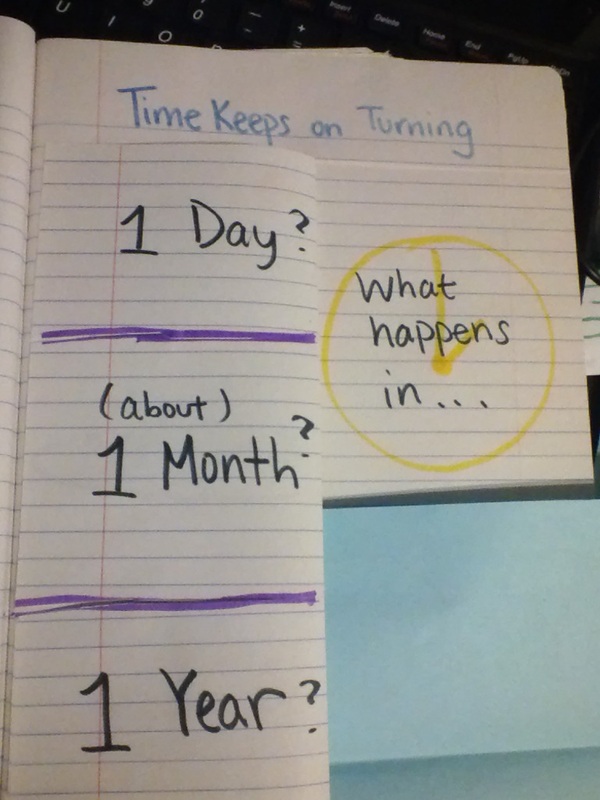
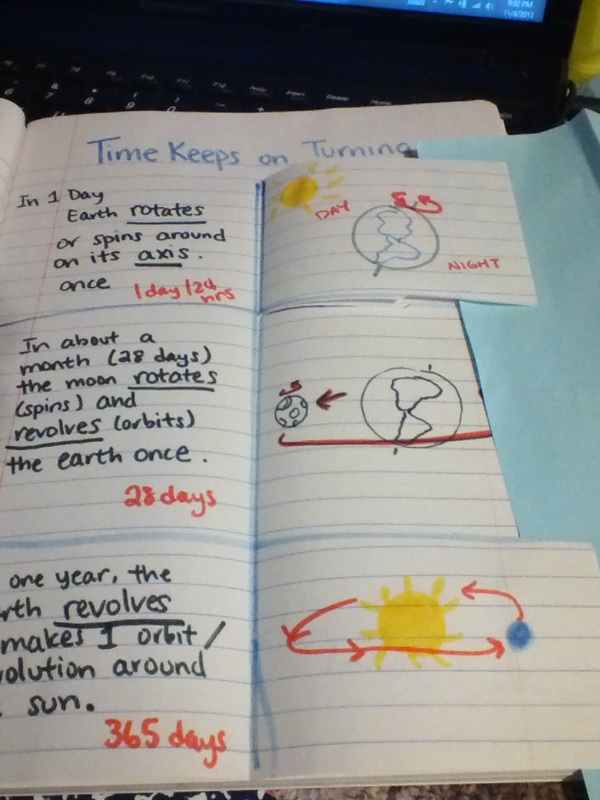
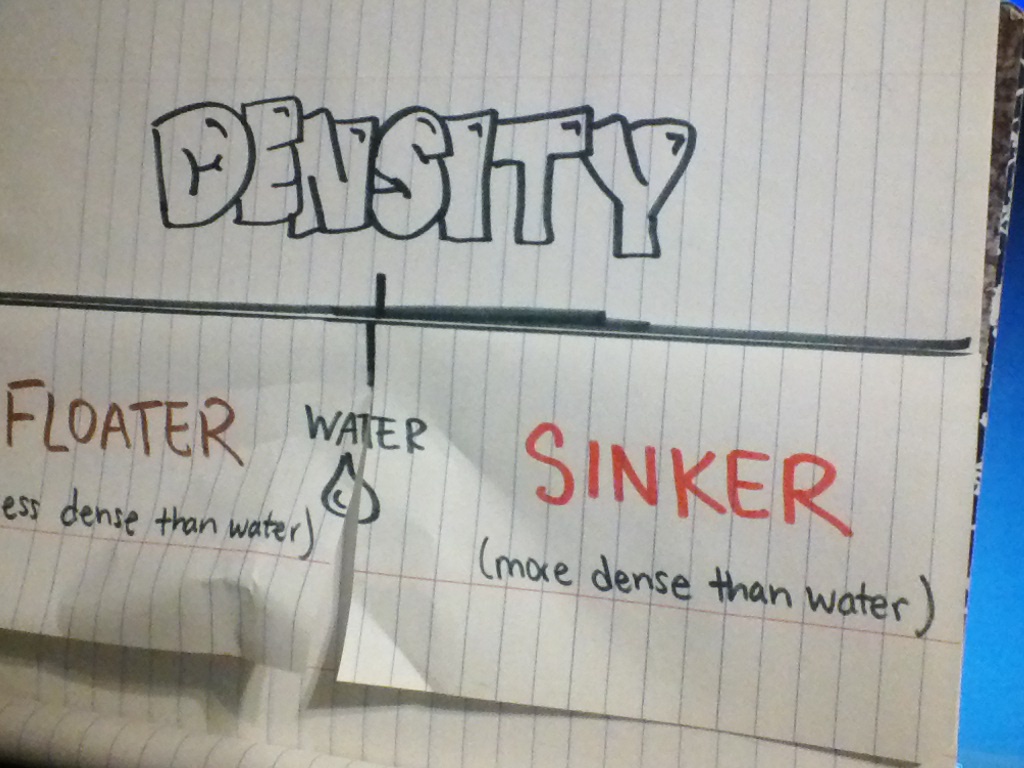
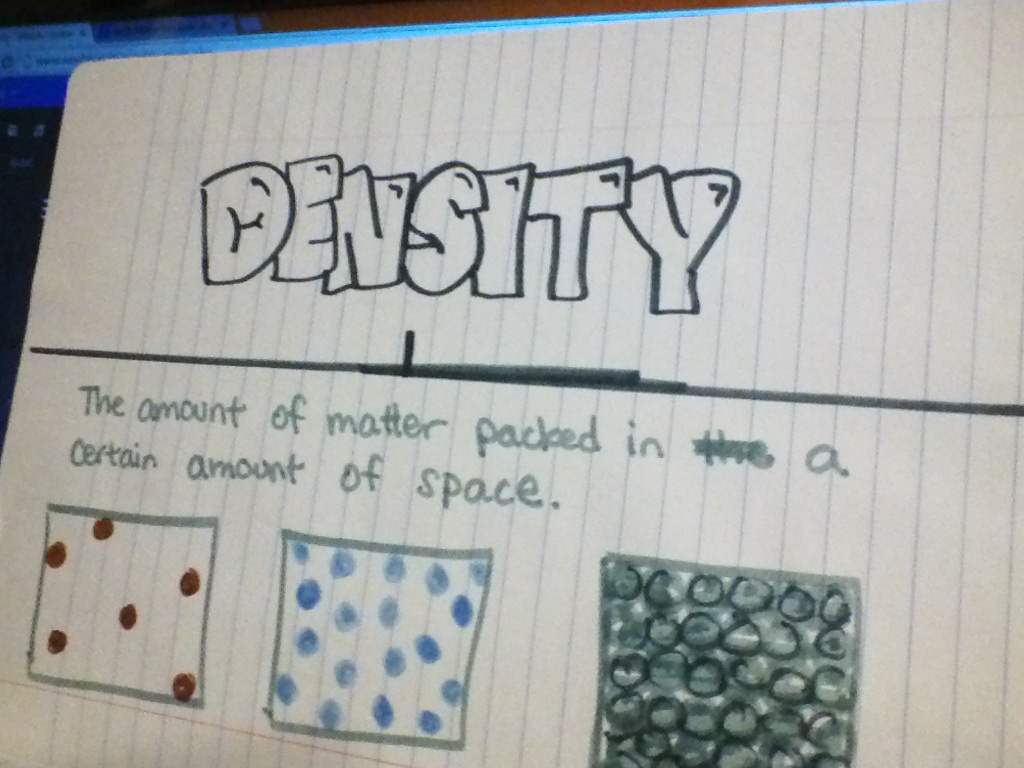

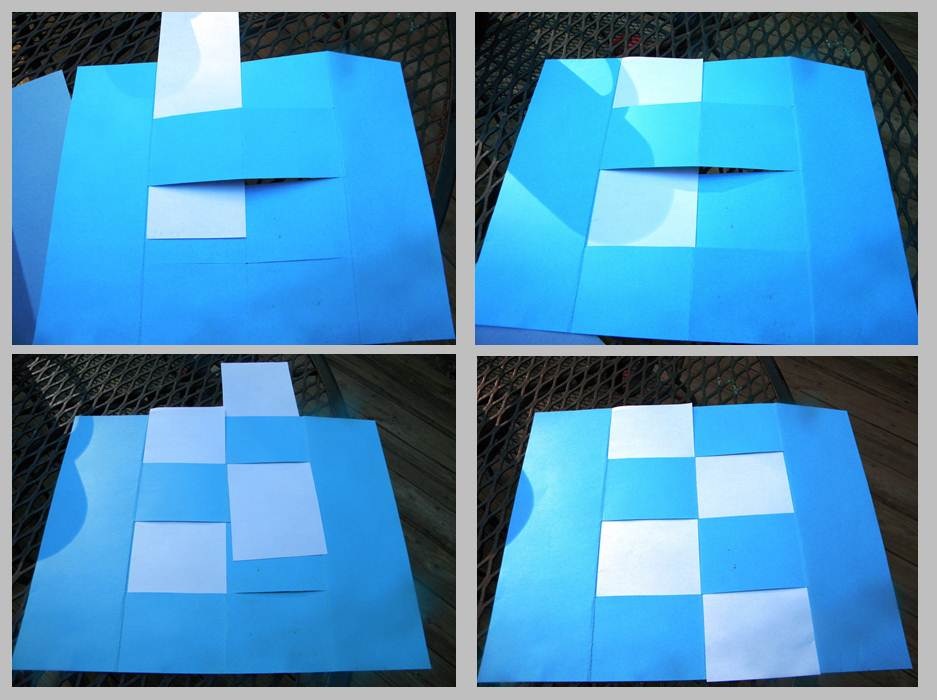
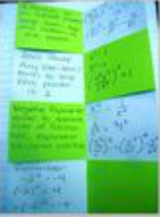
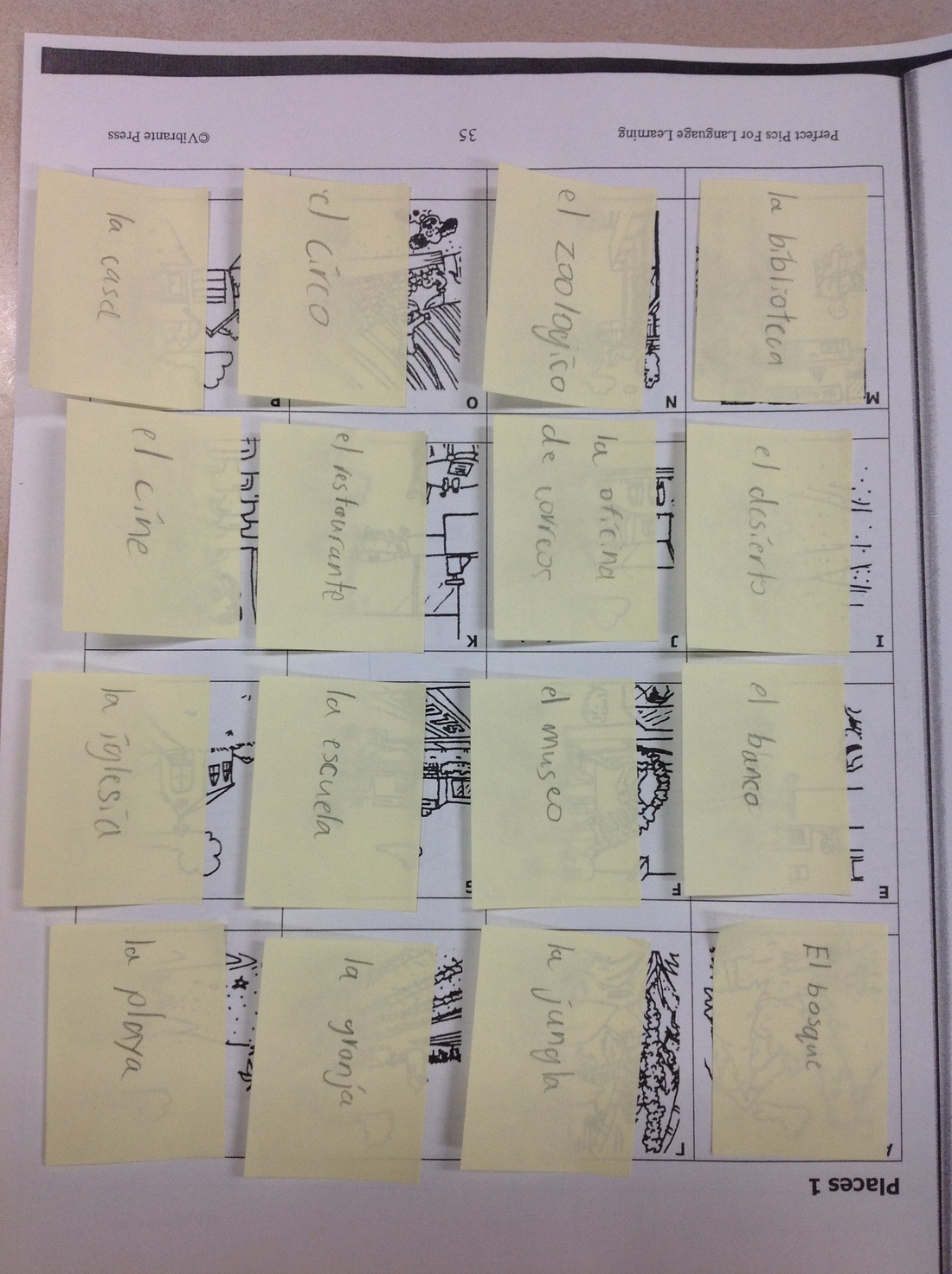

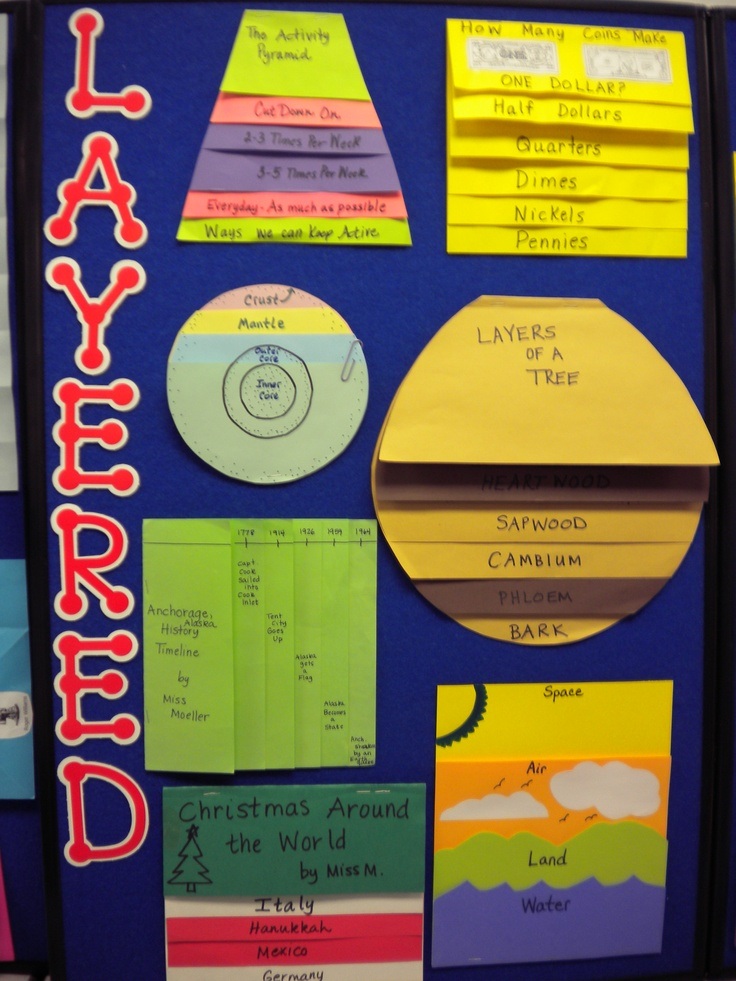

 RSS Feed
RSS Feed